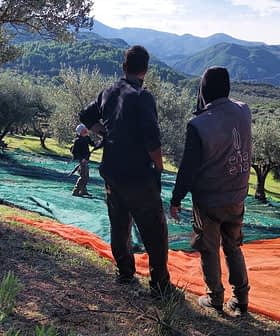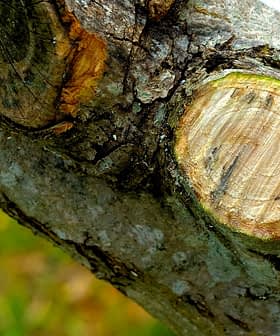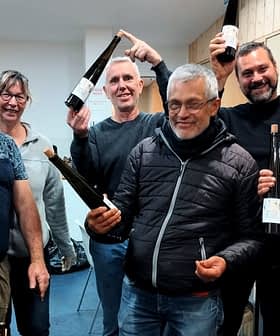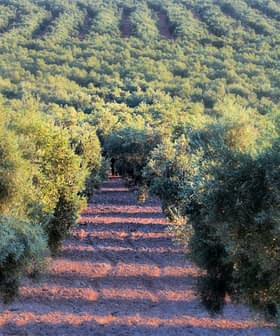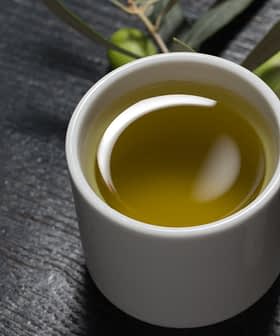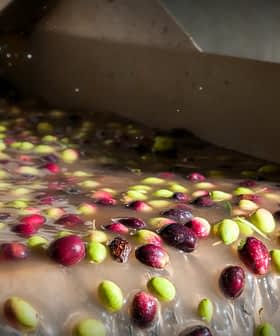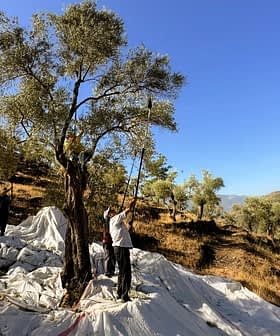Traditional Turkish Olive Cultivation Practices Recognized by UNESCO
The U.N. agency said Turkey’s traditional grafting, milling and table olive production methods are valuable to our global culture and must be safeguarded.
 A traditional olive mill in Turkey. (Photo: Yılmaz Ulus)
A traditional olive mill in Turkey. (Photo: Yılmaz Ulus)  6.8K reads
6.8K readsTurkey’s traditional olive cultivation methods and practices have been recognized by UNESCO as Intangible Cultural Heritage in Need of Urgent Safeguarding for 2023, with the country yielding record-high amounts of olive oil and table olives in the 2022/23 crop year. UNESCO also acknowledged unique methods such as the kalem grafting technique for wild olive trees and traditional table olive production methods like salamura and yağlık.
Traditional olive cultivation knowledge, methods and practices in Turkey have been recognized in the United Nations Educational, Scientific and Cultural Organization’s (UNESCO) List of Intangible Cultural Heritage in Need of Urgent Safeguarding for 2023.
Turkey is one of the world’s largest olive-growing and olive oil-producing countries. In the 2022/23 crop year, the country yielded a record-high 421,000 tons of olive oil and 735,000 tons of table olives.
According to Levent Köstem, the founder and owner of the Köstem Olive Oil Museum, olive oil production has a long history in Turkey, with the oldest mill dating back to the 6th or 7th century BCE. Traditional animal and human-powered stone mills were commonly used until 15 years ago and are still used today in some places.
See Also:Celebrating South America’s Historic Olive TreesUNESCO made the recognition because olive growing and oil production are fundamental parts of the culture in western Anatolia.
Several rituals, festivals and social practices, including plays, dances and feasts, mark the beginning and end of the harvest season, which generally runs from November through January.
These include community efforts to harvest the olive trees from each family’s grove. At the end of the harvest, the community participates in the başak tradition, where the olives left on the top of the trees are knocked to the ground and donated to the poorest members of the community for personal consumption or to sell to local mills.
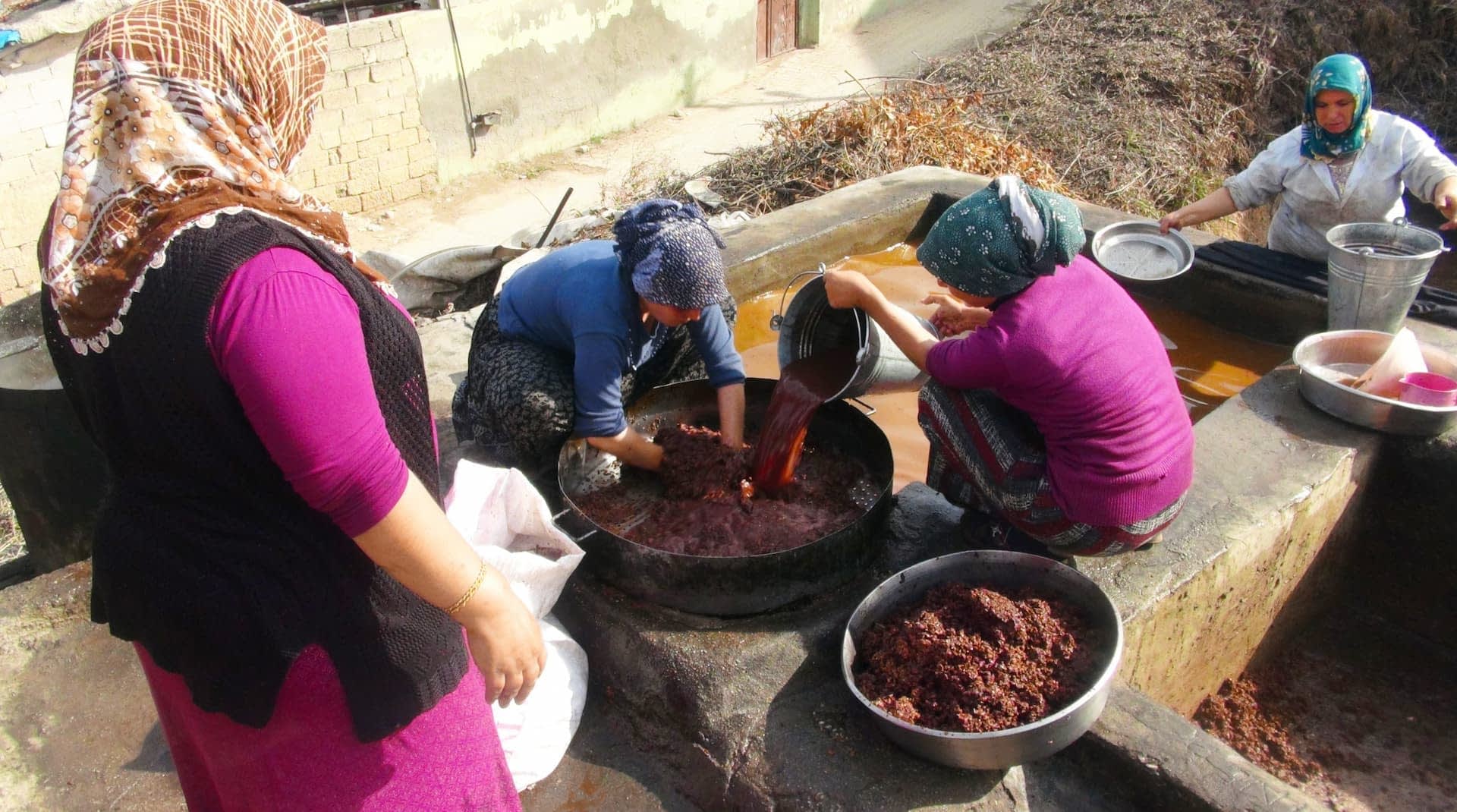
Extracting olive oil with traditional methods. (Photo: Yılmaz Ulus)
Along with the social importance of olives and the olive harvest, UNESCO also recognized the region’s unique kalem (meaning pencil in Turkish) method of grafting wild olive trees, known as an erkence graft.
Farmers carve two small grooves along opposite edges of a narrow tree stump, also known as a rootstock, using a knife. Next, they take two olive tree scions and sharpen each base to insert into the two grooves on the rootstock.
Farmers then cover the top of the rootstock and base of the scions with mud to protect them from air and sun. The part of the rootstock below where the scions are inserted is also covered with mud to keep it cool. The mud typically remains in place for two to three years.
Afterward, the farmers wrap the graft with paper to prevent the mud from being washed away by rain or dried out by the sun. The paper is fastened with a creeper vine from a local bush, which can hold the paper and mud in place for up to three years.
The last step is to place mud balls at the top of the scion to trap moisture while protecting them from rain and sun.
Along with olive cultivation, UNESCO further recognized several traditional methods of producing table olives, including the salamura method, which involves pickling the olives.
Aynur Yıldırım, a traditional producer from Bursa province, told UNESCO the preparation begins by soaking the olives in a bucket.
See Also:Olive Oil Production Returns to Pompeii 2,000 Years After Volcanic EruptionNext, the olives are taken from the bucket by hand, placed in a bag and a layer of rock salt is added. Then, the process is repeated. Yıldırım said it is essential that the olives are moist for the salt to dissolve.
Once the bag is filled, she said it is important to shake it once weekly to ensure the salty brine is evenly distributed.
UNESCO also recognized the yağlık, meaning oiler, method of table olive production.
Nesrin Ünlü, president of the Umurbey Woman Initiative Association, told UNESCO that this method involves separating olives by size the day they are picked and placed into a stone basin called an olive pool.
Once the basin is filled with olives, water is added until the olives are covered, followed by a layer of salt. A special cloth is placed over the pool before being covered by timbers and then rocks.
“When you put the black olives into the olive pool, they turn red when the covers of the pool are lifted,” Ünlü said.
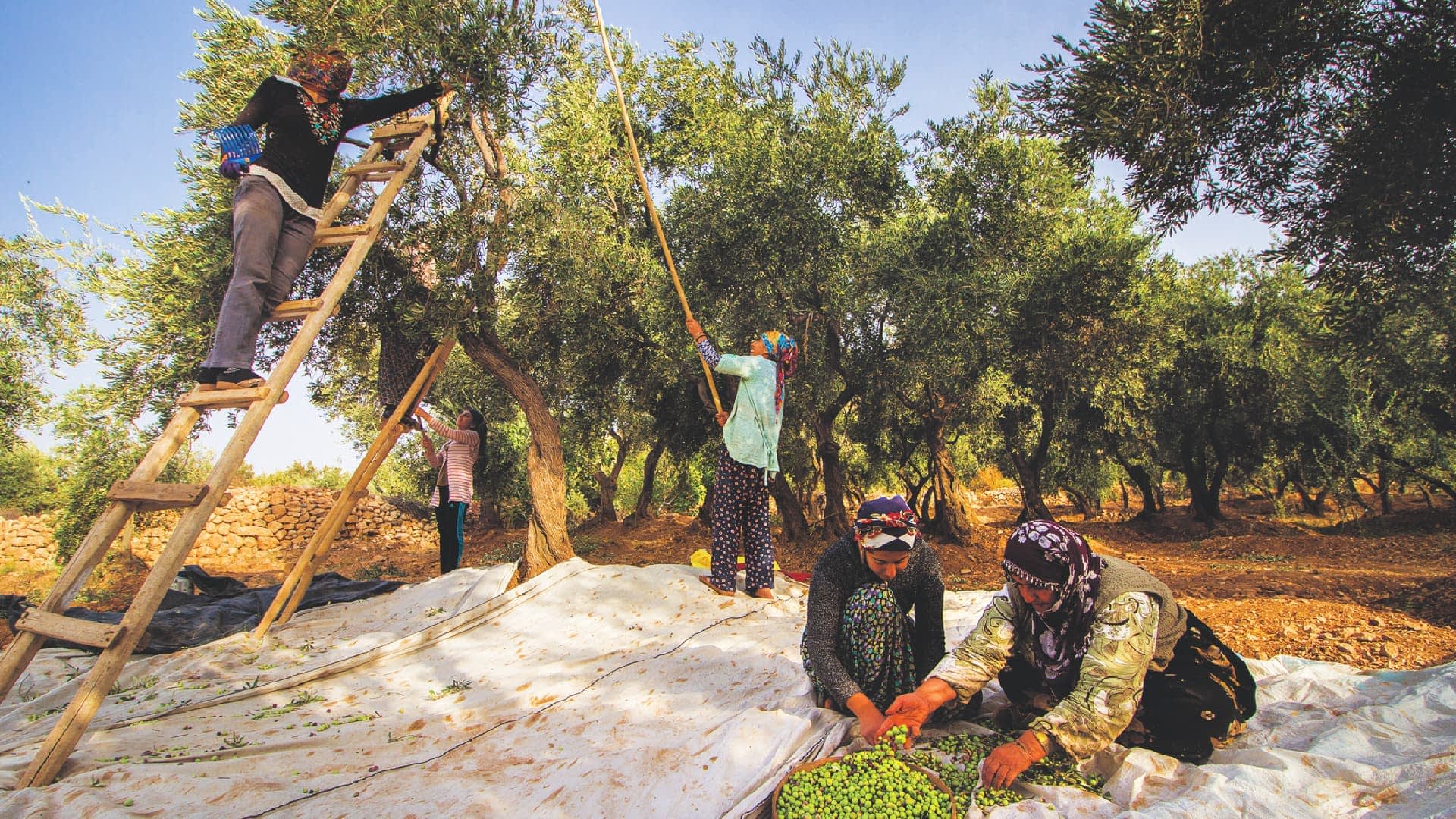
Sorting olives during the harvest (Photo: Mehmet Karaca)
Traditional processing methods also apply to olive oil production. Historically, men have climbed the ladders to knock the olives off the branches with shakers, while women collected them from netting below and placed the olives into sacks.
The sacks are put on animals – usually mules – to be transported from the groves to the local mill, generally located in an urban center, where villagers gather to celebrate the harvest and transform the olives.
After they are washed, the olives are placed into a basin and crushed with a stone mill, usually powered by a mule. After crushing the olives, the paste is removed from the basin, placed in a cauldron and heated to increase the oil content (though this is unlikely to yield extra virgin olive oil).
The paste is then put in sacks, placed into angled troughs with a spigot facing downward and clay pots placed beneath them. Once the troughs are filled with sacks, villagers take turns walking on the olives to press out the oil.
After filling the pots, the oil is distributed to each village member and used until the next harvest.
Share this article


